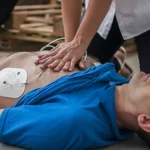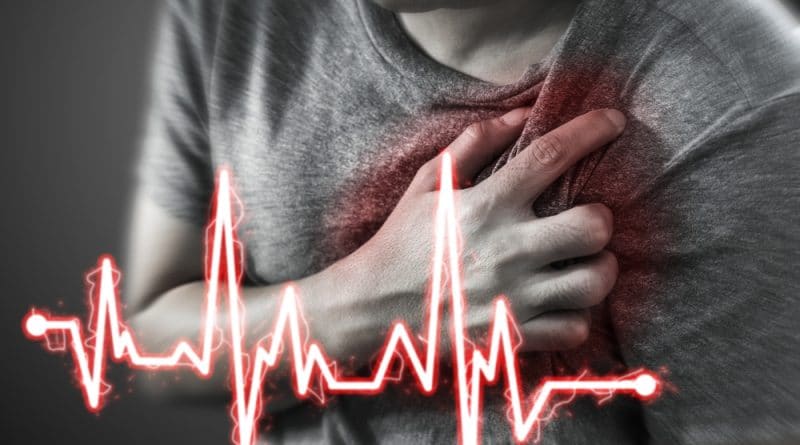A heart emergency requires quick attention to ensure that life is not lost. But if you do not know what to do, it can be hard to provide the right first aid. Read on to know more.
Medical professionals recommend that everyone learns the basics like knowing how to diagnose a heart attack and if possible take CPR certification classes online as that can help as you wait for the emergency services.
There are three kinds of heart emergencies:
1- Heart attack
2- Cardiac arrest
3- Angina attack
Before we go any further, it should be stressed that whatever the heart emergency, the first thing to do is to call the medical emergency in your area for a paramedic team to come to the rescue.
Heart Attack
This occurs when a blood vessel in the heart gets blocked. So oxygen will not go to the heart and this can lead to death.
You can diagnose a heart attack if the victim is experiencing chest pain. This usually starts from the center of the chest and then moves to the neck, jaw, towards the ear, and extends to the arms. The pain may not always follow that pattern and can even go to the stomach. It can also be severe or dull. It feels as if pressure is being put on the chest and it intensifies gradually.
Other symptoms may include
Profuse sweating, Pale skin, dizziness, shortness of breath, coughing, heart beating fast, and chest pain.
Action to take in Heart Attack Emergency
First, call the emergency service and explain what is happening. You then need to try and relax the victim. Avoid moving, just sit, and wait for the medical team. If you have adult aspirin, let the victim chew it and help them remain calm.
Cardiac Arrest
This is when the heart stops pumping and most times the victim will collapse. This is a big emergency and the faster the attention, the better the chances of survival. A person experiencing cardiac arrest will run out of breath, feel a tightness of the chest and collapse, and lose consciousness. It should be noted that a person experiencing a heart attack, can end up having a cardiac arrest once the heart stops.
Cardiac arrest is more life-threatening than a heart attack but both of them require urgent medical attention.
Actions to Take in Cardiac Arrest Emergency
Quickly call the emergency service and then attend to the victim. It is important to get the heart started again as quickly as possible. The way to do that is through cardiopulmonary resuscitation also known as CPR. A person who is CPR certified would be able to do this best but even if you are not certified, if you are the only help available, you will need to perform chest compression to bring the heart back into action.
To perform chest compressions, place the heel of your palm over the breast bone of the victim and cover the hand with your other hand and interlock your fingers. Now with your body weight, begin to press against the person’s chest, make about 100 compressions per minute and keep doing this until the heart starts pumping or the medics arrive.
Alternatively, if there is a defibrillator, read the instructions that are usually with the machine and use it to shock the heart.
You can save a life by being CPR certified and don’t forget to call the emergency service. Register today to sharpen your CPR skills and be prepared for any situation.













